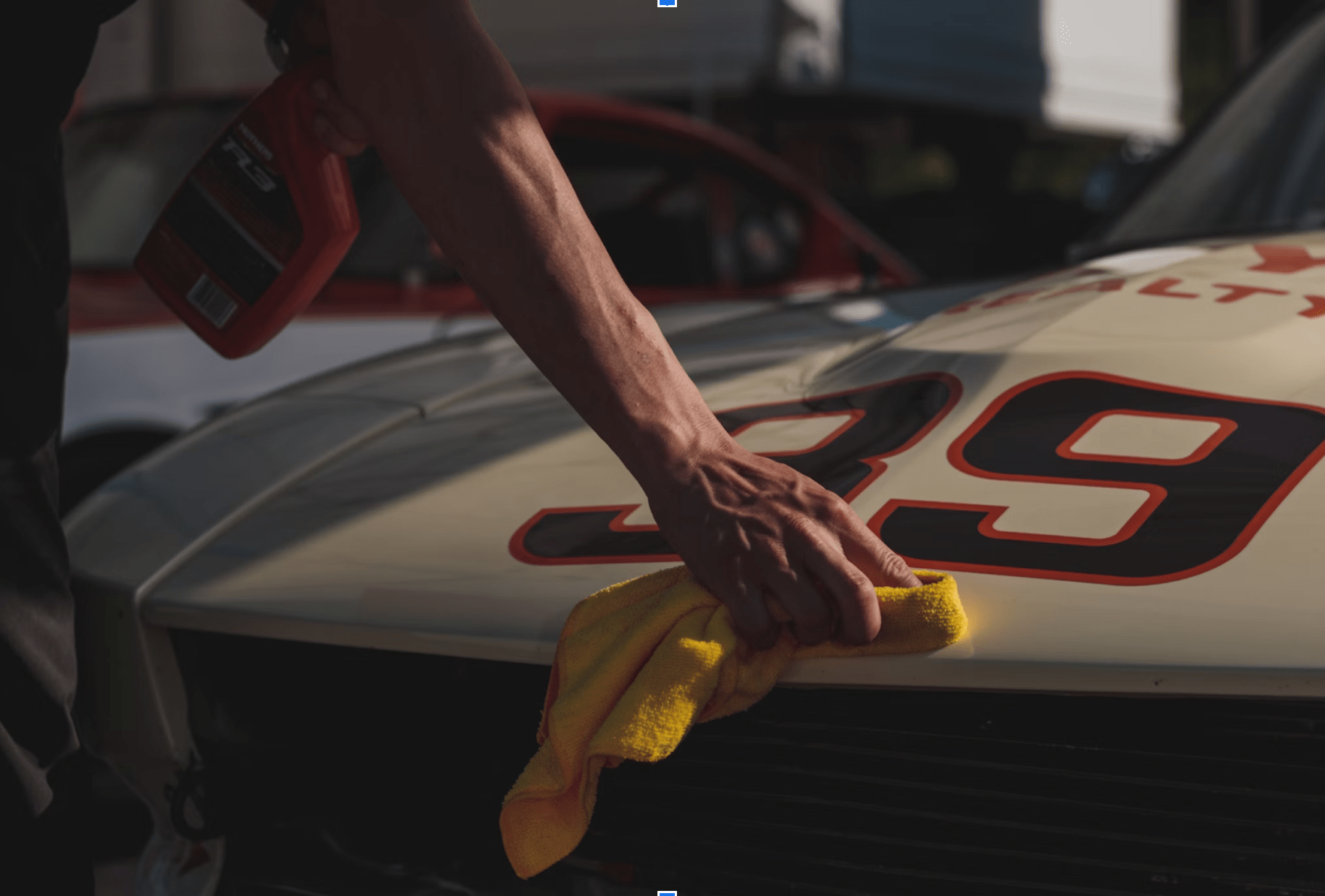Is a Manual Transmission Better than a DCT?

I get quite a few comments week from hardcore car friends who lament my predilection for DCT transmissions over manual transmissions. I feel like I need to explain myself – after all, my readers deserve to hear the cold, hard, truth. This is an argument that I also see raging online and what always confuses the issue is when people who truly know very little about cars make claims not supported by data.
First, a little background on my own personal experiences. From the time I first acquired my driver’s license back in the early 1980s, I always viewed automatic transmission equipped cars as rubbish. I wanted to row gears, learn how to heal and toe downshift and blaze through canyons, connected corners and nailing the blip-throttle on each downshift. I’ve owned 40+ cars. I learned how to race at several racing schools starting with Bondurant in 1988. I just loved shifting gears and still do.
All of the cars I’ve owned (with except for my commuter cars) were manual transmission cars with two exceptions – my 2002 BMW M3 (SMG) and my current ride, my 2015 Nissan GT-R.When I bought my GT-R, no manual was available and even if it were, I still would’ve chosen the DCT. Why? Outright performance. To get those blistering 0-60 launches, you can’t be shifting gears. Second, when driving this car daily (as I do), I don’t want to be shifting gears. Four years along with this car and I’m still convinced I made the right choice.
No one can deny that there’s something special about mastering a manual transmission. That perfectly synchronized, heal-toe clickety-click is the stuff we practice on video games every day becomes a reality or at least a possibility.
The problem is that the manual transmission, in a true performance car, makes the car slower. How? Why? There’s a video below you’ll get to watch in a moment, but for those who are little new to basic automotive skills, let me explain it in an over-simplified manner:
1) The transmission takes power from the engine and transmits it to the drive wheels;
2) The clutch, when depressed, momentarily disengages the engine from the transmission and therefore, stops sending any power to the wheels. During this period abou 4/10ths of second (or longer…the fast human takes about 4/10ths to complete a shift), your car is effectively coasting, with no power being sent to the drive wheels. This means, every time you shift a gear, you’re in neutral for 4/10ths of a second. Multiply that by four shifts in a 1/4 mile run and you’re coasting for 1.6 seconds.
3) A DCT-equipped car shifts in about 150 milliseconds. The human eye takes twice as long to blink. This is how cas like the GT-R can accelerate from 0-60mph in 2.8 seconds.
WATCH THE VIDEO THEN READ MY SUMMARY AFTER
There you go. I love this guy because he explains it like it is. I still hate the CVT, but he’s right. So how can I summarize this easily? He also talks about automatic transmissions and how they rob power and soak up drivetrain shock. While this is great for daily driving, fast, performance-boosting shifts on automatic tranmissions typically require modifications to the transmission or to the shift-programming, both of which shorten the life of the transmission.
If you’re talking about which transmission is better for performance cars with lots of horsepower, the answer is clear – DCT wins
For driving fun and enjoyment – the manual gearbox wins
If you’re trying to get an under powered car up a hill or for merging into traffic, the CVT wins.
Ultimately, in the battle of the DCT vs manual gearboxes, for outright performance, the DCT gearbox is the undisputed winner.

